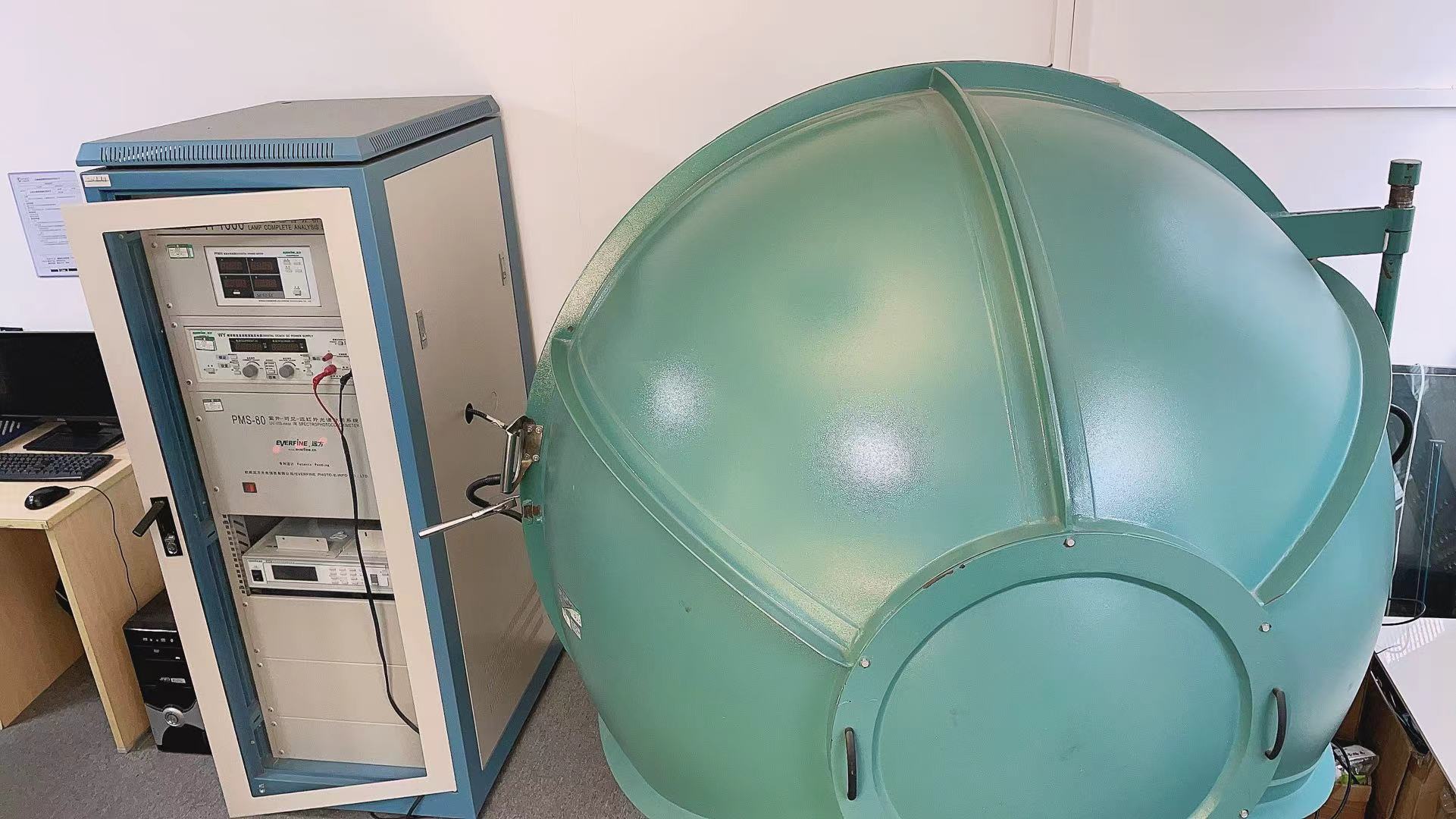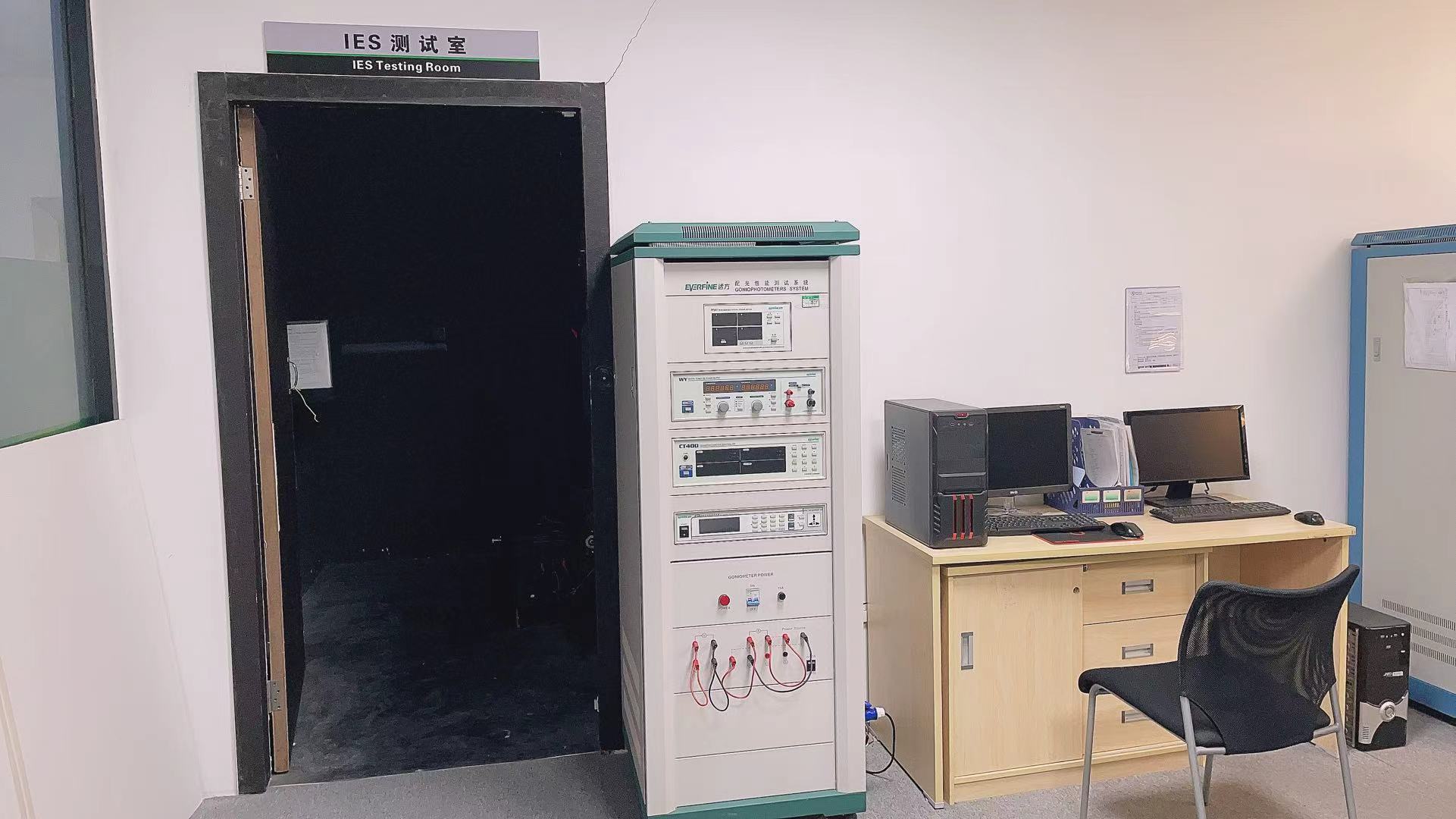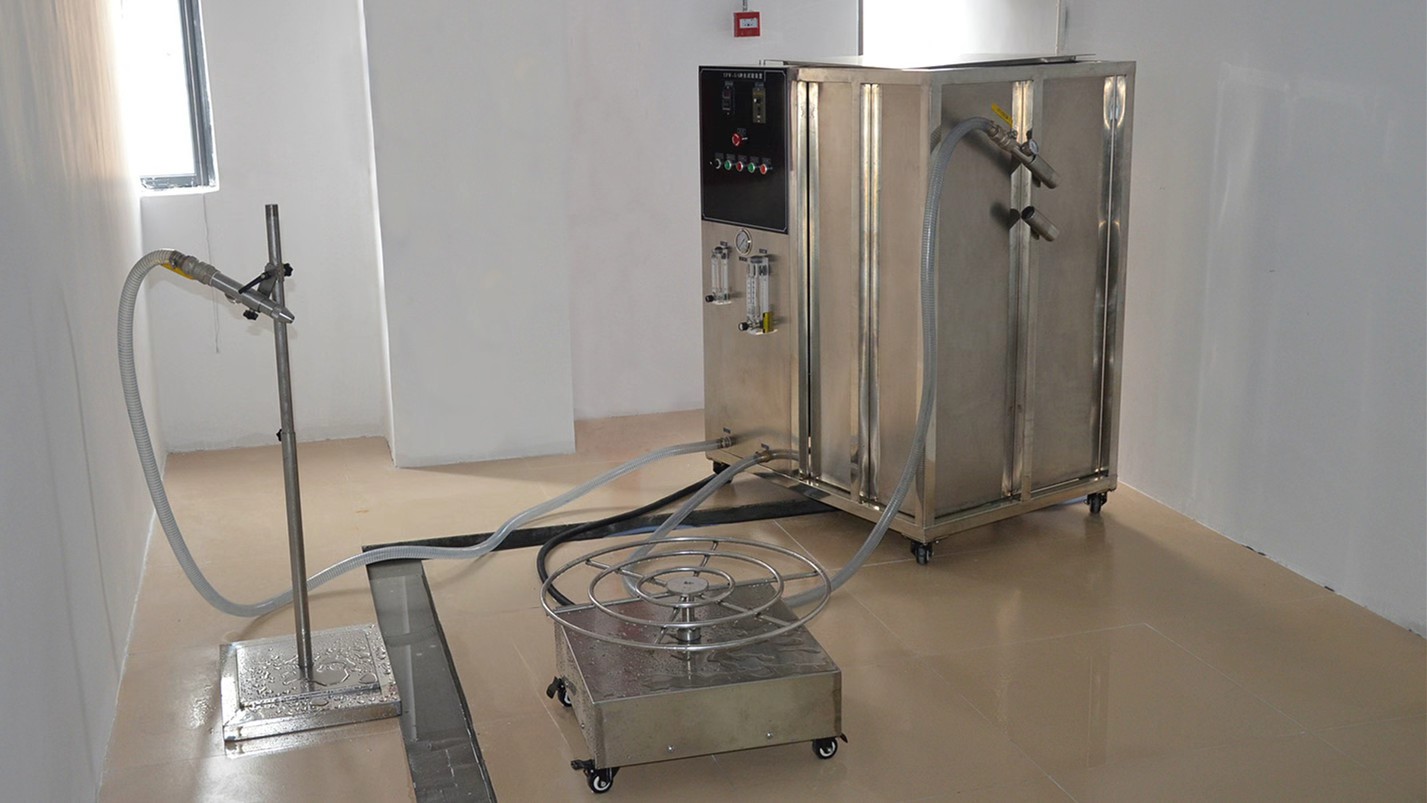How Waterproof IP65+ Ratings Ensure Long-Term Exterior Lighting Performance
Outdoor LED lighting — whether for facades, bridges, plazas, or landscapes — works in a relentlessly harsh environment. From our field projects, dust, humidity, strong winds, pressure washing, and temperature cycling are the most common causes of early fixture failure. Specifying IP65 or higher is not a box to tick; it directly affects whether fixtures will keep working reliably for years and whether maintenance remains predictable and affordable.

1. What “IP65+” really means
The IP code is straightforward once you read it as a tool, not a label. The first digit (0–6) tells you how sealed the enclosure is against solids like dust; the second digit (0–8) tells you how it resists water — from splashes to full immersion. IP65 means dust-tight and resistant to water jets from any direction. Move up to IP66, IP67 or IP68 and you’re protecting against stronger jets or temporary/continuous immersion. In practice, small amounts of moisture are the worst: they start corrosion on PCB traces and eventually lead to flicker, uneven light or full failure. That’s why I treat IP65+ as the practical baseline for most outdoor fixtures and push for IP66/67 in places that get sprayed or power-washed.
2. How IP65+ actually protects fixtures
IP65+ is not a single miracle component — it’s layered engineering. A good product pairs weather-grade seals (silicone or EPDM), tightly machined mating surfaces, and factory-rated waterproof glands at cable entries so the wiring isn’t the weak link. Material choice matters too: a thermally effective aluminum housing with a proper anti-corrosion finish keeps heat flowing away from LEDs and drivers, which directly affects lifetime. Keeping the optical chamber dry prevents lens fogging and preserves beam shape and color over time. In short: well-designed mechanical sealing + correct materials + sealed connectors = reliable light.
3. Real-world Benefits — what you’ll actually see
From projects I’ve monitored, the outcomes are concrete:
Longer service intervals. With water excluded, electrochemical corrosion slows and drivers last longer; LED lumen maintenance aligns with LM-80 projections (LED modules that meet LM-80 can be expected to show predictable lumen depreciation over tens of thousands of hours).
Lower O&M cost for high-access sites. For large façades or bridges where repairs mean high lifts or closures, maintenance labour often exceeds fixture cost. On comparable projects, upgrading protection level has reduced emergency callouts by a clear majority (typical reported reductions can be in the tens of percent).
Consistent visual quality. No lens haze, no spotty brightness — which is essential for hospitality or civic projects where appearance equals brand value.
Safer operation. Better waterproofing reduces short circuits and shock risk in wet conditions.
Quantitative anchors: expect well-specified outdoor LED fixtures to target 50,000–100,000 hours of rated life (subject to thermal management and driver quality). For projects that undergo regular wash-downs, I recommend stepping up from IP65 → IP66/67 to protect against jets and spray.

4. Why IP alone isn’t the whole answer — what else to check
IP tells you about ingress, but long-term durability depends on a handful of other standards and tests:
Corrosion resistance (salt-spray). Coastal projects should ask for salt-spray (ASTM B117 or equivalent) test results and coatings information — salt accelerates corrosion and can defeat poor coatings quickly.
Impact resistance (IK). Public, low-mounted or easily-vandalized fixtures should be specified with an appropriate IK rating under IEC 62262 to ensure mechanical impacts don’t break seals.
Thermal and lumen-maintenance testing. LM-80 (and follow-on TM-21 projections) validate LED module lifetime behavior; LM-79 provides photometric output for luminaires — both are evidence you should request when evaluating long-term performance.
Also check driver IP rating and whether drivers are serviceable without breaking the seal integrity; a sealed driver that can be replaced via a sealed compartment is a practical advantage.
5. Installation practices that keep IP performance real
A high IP product can be ruined by poor installation. From my teams’ field notes: avoid mounting orientations that create horizontal ledges where water pools; tilt fixtures slightly so water runs off the lens. Always use matching IP-rated junction boxes, cable glands and connectors; routing unsealed conduit into a sealed fixture is a common failure mode. Tighten fasteners to the correct torque — overtightening can compress and damage gaskets, under-torque leaves gaps. Finally, add seal inspections to routine maintenance and replace aged gaskets — that’s how you convert “initial IP rating” into actual long-term IP performance.

6. Recommended IP levels by environment (practical guidance)
Match IP level to site exposure:
IP65 — sheltered façades and general outdoor use (normal rain and dust).
IP66 — exposed façades, bridges, plazas, or areas subject to powerful water jets or regular cleaning.
IP67 — ground-level or in-ground fixtures that may face temporary immersion (≤1 m, 30 min).
IP68 — continuous immersion (manufacturer-specified conditions) for fountains or submerged fixtures.
Consider also salt exposure, cleaning frequency and mechanical risks when choosing. If you have pressure washing or coastal spray, I push for IP66 minimum plus corrosion-resistant materials.<
7. Two semi-real illustrative case studies (engineer-tone, data-oriented)
Case Study A — Urban Bridge Renewal (semi-real illustration) A mid-sized city had repeated downtime on a river bridge where older fixtures failed after wash-downs and heavy rain. The spec upgrade replaced the under-bridge linear fittings with IP66 linear wall-washers and swapped exposed connectors for IP67 quick-connects. After the upgrade the operations team reported scheduled maintenance visits fell from ~6 per year to 1–2 per year and unplanned shutdowns nearly stopped; that reduced annual maintenance labour costs markedly and improved nighttime reliability. (Result depends on product selection, thermal design and installation quality.)
Case Study B — Boutique Hotel Façade (semi-real illustration) A boutique hotel that prioritized guest experience specified IP65 linear fixtures and forced all wiring through outdoor waterproof junction boxes, with documented LM-80 reports for the LED modules. Over two years the façade retained original color temperature and uniformity; the owner reported no guest complaints and a lower total cost of ownership compared with cheaper alternatives — payback on the lighting investment occurred within a few years when maintenance and image-repair costs were included.

Conclusion
In short, IP65+ is not an optional label — it’s the essential starting point for long-term reliability of outdoor luminaires. The correct IP rating will keep water and dust out, but turning an “initial rating” into lasting field performance also requires the right materials, robust seals, certified test reports, and proper installation and maintenance. Treat selection, testing, and installation as a single integrated project — you’ll find that a bit more upfront investment often pays off in lower maintenance costs, more consistent nighttime appearance, and fewer emergency repairs.
Why LNJAMI helps you get the IP performance you need (concise)
LNJAMI combines on-site experience, a practical product range (linear profiles, IP wall-washers, floodlights and in-ground fixtures) and a hybrid testing workflow — in-house QC plus accredited third-party labs — to deliver verified IP/IK and corrosion performance for real projects. We also provide full technical dossiers (LM-80/LM-79, IP/IK/salt-spray reports) and installation support (mounting details, torque specs, site supervision) so specified protection levels are achieved in the field.







